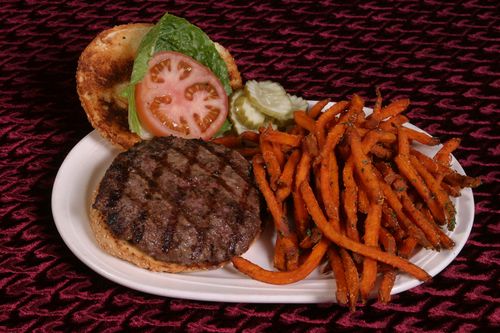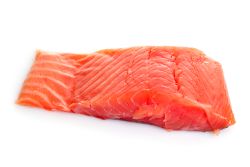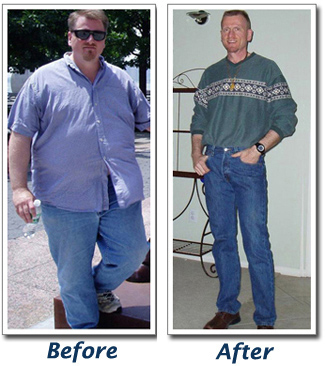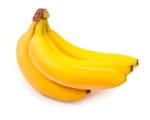QUESTION: Dear Tom: I've been going to the gym for the past year now, but I have only lost 2 pounds. I eat about 1800 calories a day and I do 3 cardio and 3 weight training sessions a week. I am 5 feet 5 inches and 128 lbs. I would like to be at 120 lbs. To lose 8 more lbs isn't a lot to ask, but I'm really frustrated. I've been VERY persistent, and I rarely cheat except once each weekend, but at this rate, it will take me another 4 years for me to reach my goal! Please help!
ANSWER: Don't worry, it won't take another 4 years! In fact, you can reach your target wt. within the next month if you start getting feedback, charting results and making some strategic changes to your program.
First, it's important that you understand how a year could go by with almost no progress.
Have you been doing the same nutrition, same calories, same cardio and same workout for the entire past year with no changes? If so, then you shouldn't be suprised if you've continued to get the SAME results (very little).
If you do more of the same, you usually get more of the same.
Caloric intake, for example is not something you calculate once and then never pay attention to again. Calories have to be calculated and customized for each individual in the beginning and then adjusted continuously in "real time" during the course of a fat loss program, based on actual results.
Just because you start at 1800 doesn't mean your caloric intake should stay there. Calories may need to be increased or decreased depending on whether your goals, your body weight and your activity levels change and based on your weekly progress (or lack of).
Which brings me to another point. I am a huge fan of using progress charts. There is a saying in business management and sports coaching:
"What gets measured gets done."
When you start "keeping score" and tracking performance right down to the numbers, it's almost miraculous how this awareness of how you're doing translates into improved results.
When you track your body composition results every week, if a week or two goes by with no results, then you don't continue with more of what got you no results, you change some variable in your program immediately!
An old Turkish proverb that says,
"No matter how far you've traveled down the wrong road, always turn back!"
Of course, you don't have to throw out your entire program, you can simply "tweak" ONE or maybe two variables within the same program.
Also, when you measure, track and analyze muscle versus fat (body composition), instead of just scale weight, you might even discover you've gained some lean body mass and this offsets the drop on the scale (which means it's possible you made more progress than you thought).
Now, back to the calories. To break a plateau, you can take a reduction in calories, or an increase in activity, either of which will create a deficit if you are currently in energy balance, or increase your existing caloric deficit.
1800 calories may not provide a large enough deficit for some women, and in fact, the majority of women your height, weight and activity level usually are losing fat safely and successfully on 1500-1600 calories per day. (for men about 2200-2500 calories, avg.)
At the end of the day, fat loss boils down to calories in versus calories out, so if you plateau, you may need a simple calorie reduction, provided you don't restrict too low for too long (which tends to trigger your body's "starvation response.")
As for your cardio program, 3 days a week of cardio works for many people, but usually, I would consider three weekly cardio sesssions a maintenenance workout or at best a starting point for beginners,NOT a "maximum fat loss" program.
Example: this week, you could increase your cardio from 3 sessions to 4 sessions. If you combine the decrease in food intake with an increase in calories burned through activity, that will almost certainly get you burning fat again.
If it does, then stay with 4 days a week of cardio. If not, the next week go up to 5 days a week. Repeat this simple "feedback loop" process as many times and for as long as necessary.
Also remember that more (often) is not always better. You can also increase the intensity and get more calories burned in same amount of time. This feedback loop process can be used to make decisions about your training intensity, duration and type, as well as frequency.
Whichever strategy you choose to break the plateau, remember Albert Einstein's definition of insanity:
"Insanity is to keep doing the same thing over and over again and expecting a different result."
Although this seems like common sense to some people, what happened to you is really quite common because it does appear that you're doing everything you're "supposed to be doing" with perfectly good intentions.
You have have all the key elements there: You're exercising (weights and cardio). You're watching your nutrition, and you've been disciplined and consistent in following it.
The trouble with many popular programs – even good ones – is that they are too dogmatic. Their entire program may revolve around "X" number of calories, "X" days per week of cardio and "X" days a week of weights….
And you're not allowed to "tamper" with that "holy grail" formula.
I can understand the rationale for a simple diet and exercise prescription for a beginner in order to not confuse them with too many choices, but what if it doesnt work after a month, three months, six months, A WHOLE YEAR? What if there are no options, what then?
In NLP, there's a principle, (borrowed from cybernetics), called The Law of Requisite Variety, which says,
"The person with the most choices and the most flexibility is the person with the most power and the greatest chance for success."
You need to know what to do when you're not getting results… you need options and choices for breaking plateaus, and that's important because plateaus happen to everyone – including me.
Some people think that hitting a fat loss plateau means there's something wrong with them. But plateaus are natural and normal. In fact, you could look at it this way:
Hitting a plateau means your body is healthy and your body is functioning normally, because normal function of the body is to adapt effectively to stress, to protect you and to maintain homeostasis.
Exercise is a stress. Dieting is a stress. It's natural for your body to adapt to them. When you adapt, you must place a new "positive stress" onthe body if you want continued improvement.
If you want to learn more details about how to change your program to break plateaus and make continuous progress as fast as safely possible, then I recommend you take a look at Burn the Fat, Feed The Muscle (BFFM).
BFFM has flexibility, feedback and performance tracking built right into it. Chapter 4 in BFFM teaches the "BFFM feedback loop method", and shows you how to chart progress and adjust your diet and workouts on a weekly basis, to keep you making progress or get you back on track if your progress stalls out.
There is no reason to allow even a few weeks, let alone an entire year to go by without results. But you can't expect to get different results if you continue doing more of what's not working.
Keep after it! Be persistent – but also be flexible! <<< Watch This Amazing Video For More Information >>>
Source White Market







 1. Artichokes
1. Artichokes 2. Bananas
2. Bananas 3. Beets
3. Beets 4. Cocoa
4. Cocoa 5. Garlic
5. Garlic

